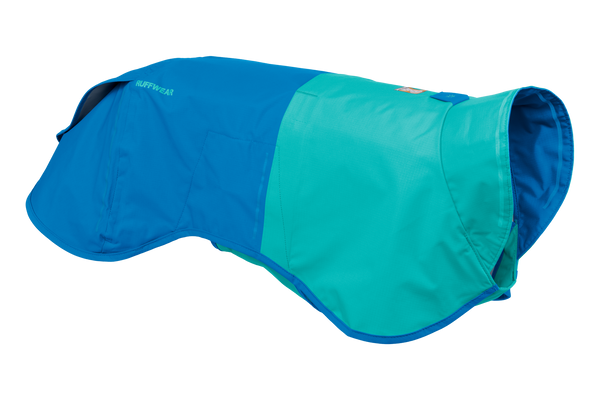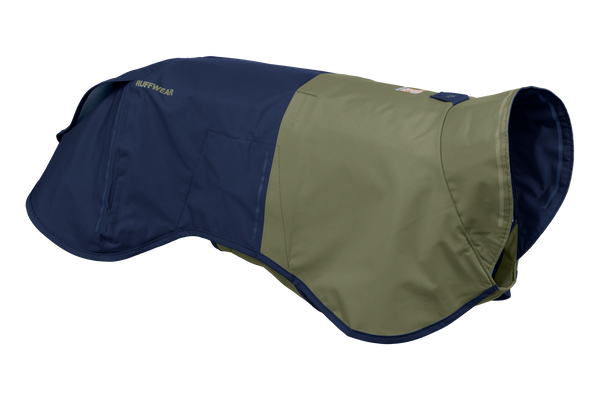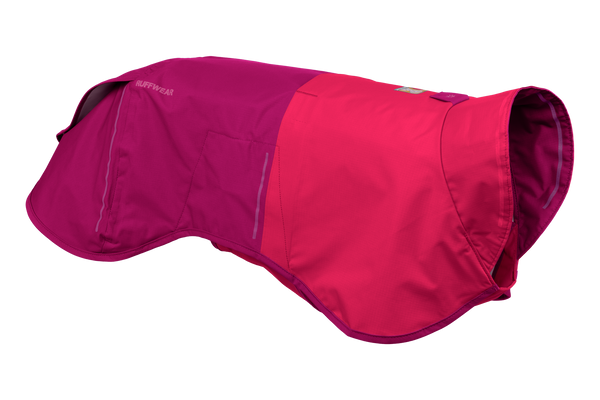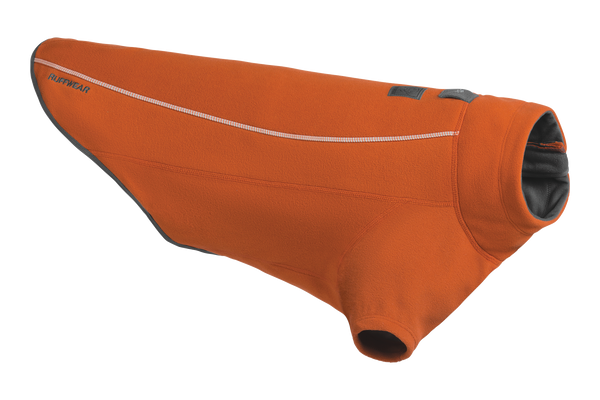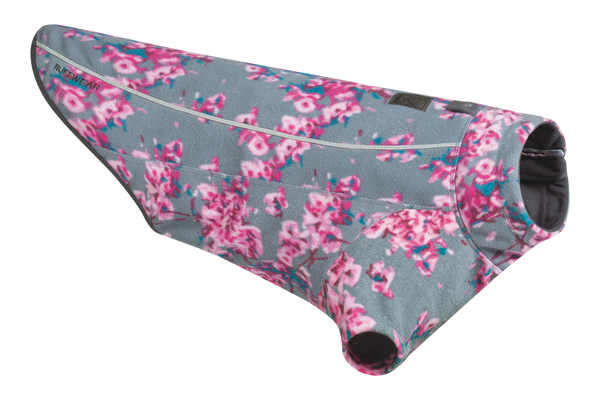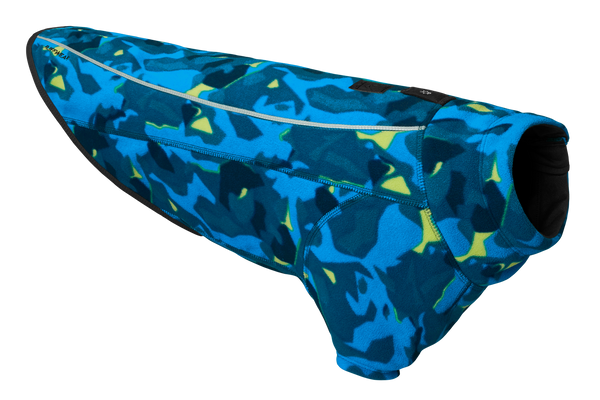From Shelter To Science
Imagine being a dog. Not just any dog, mind. A dog with boundless energy and so much drive, you struggle to fit into normal family life. You can’t help it. You mean well. You’re just a little crazy (in a good way!). Unfortunately, this makes you “difficult to home” and means you might spend your whole life in a shelter.

[Gear in photo: Front Range® Harness]
Wait, there’s good news! Your intense focus and insatiable urge to play make you a great fit for the Conservation Canines, an organization that rescues dogs from shelters and pairs them with human handlers. These dog-handler teams are trained and equipped to go into the field and collect data (in the form of scat) that is used to help researchers, natural resource managers, and conservationists understand and protect species and ecosystems.

[Gear in photo: Web Master™ Harness and Gnawt-a-Cone™]
If you’re lucky enough to join the Conservation Canines, the first place you’ll go is Pack Forest. Nestled in the woods at the base of Mt. Rainier is a brown barn with moss on its roof and a fenced-in yard. This is your new home base.

Pack Forest started as a 334-acre gift of working forestland to the University of Washington in 1926. Today, it encompasses 4,300 acres used by the University’s School of Environmental and Forest Sciences program for research and demonstration purposes.
It also hosts a barn and collection of cabins that the Conservation Canines use as a headquarters. The moss-covered brown barn contains roomy kennels for about 20 dogs, though they are rarely filled, with access to a fenced-in outdoor play area where they can play, practice agility, and get out for a quick break. Dog waste is collected immediately and composted nearby. The handlers stay in nearby cabins that serve as sleeping quarters and offices.
At Pack Forest, the dogs are on a consistent regimen of meals, breaks, and exercise. There’s a hilly, five-mile trail loop for running, biking, and hiking. Down the hill, a pond offers refreshing play on hot summer days and low-impact exercise for older dogs.

At Pack Forest, you’ll get to know your handlers and learn to identify scat for different species. You’ll go running, hiking, and swimming. You’ll get to play, test new Ruffwear gear, hone your agility, and listen to classical music to help you relax.

As a reward for your hard work and focused training, you get the best thing in the whole world. Play! With a BALL! Conservation Canines handlers use a toy as a reward during training and in the field. When a dog finds scat, they get to play with the ball.

It’s not all work and training at Pack Forest. Handler Jake is a runner, and not just a normal runner. He runs every single day, sometimes taking one dog with him and then turning around and going for a second run with another dog. Handlers at Pack Forest take the dogs out for daily exercise: running, biking, hiking, or swimming.

[Gear in photo: Gnawt-a-Rock™]
Even mealtime is fun. Breakfast and dinner are served in a kibble-dispensing toy that makes eating a game that’s exciting, engaging, and mentally stimulating. Plus, it’s one more chance to get your paws on a toy!

[Photo by Jaymi Heimbuch]
You’ll take the skills you learn and practice at Pack Forest into the field, where you’ll cover 16+ miles per day, leaping over downed trees, crossing logs, and scrambling up and down steep slopes searching for scat. For every scat, you are rewarded with play.

When you’re not working in the field or traveling around the country (or even around the world!) to different field projects, you get to return to Pack Forest to enjoy familiar trails around home base. This is life with the Conservation Canines. Sounds pretty sweet, eh?

Getting older doesn’t necessarily mean slowing down. At Conservation Canines, high energy is your specialty and fourteen years old may look more like…three. It simply means you might spend more time swimming in the pond, chasing after a floating toy, instead of running. You might work shorter shifts or fewer days in the field. Best of all, you might get to visit schools and teach kids about science and scat detection work.

Conservation Canines is a world leader in training and fielding detection dog-handler teams to work in service to science. These scat detection dogs and their handlers are deployed in projects around the world, using non-invasive techniques to collect vast amounts of information on species abundance, distribution, resource use, and physiological health. Conservation Canines has monitored a diverse array of threatened and endangered species around the world, including, tigers, orcas, fishers, spotted owls, bears, wolves, caribou, giant armadillos, giant anteaters, pumas, jaguars, and Pacific pocket mice.
Learn more about Conservation Canines and follow all of their adventures on Facebook and Instagram.













